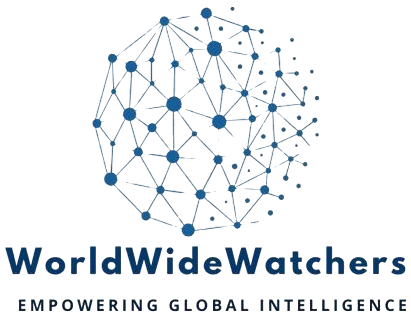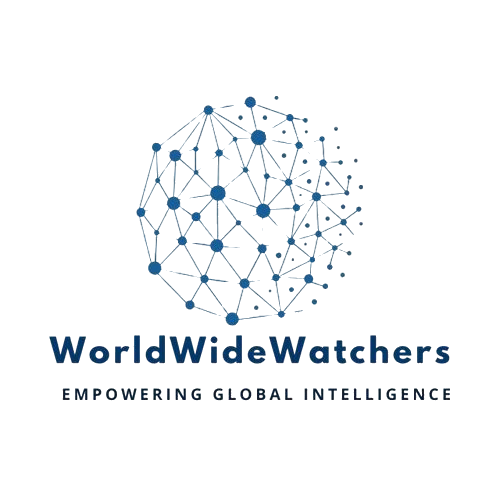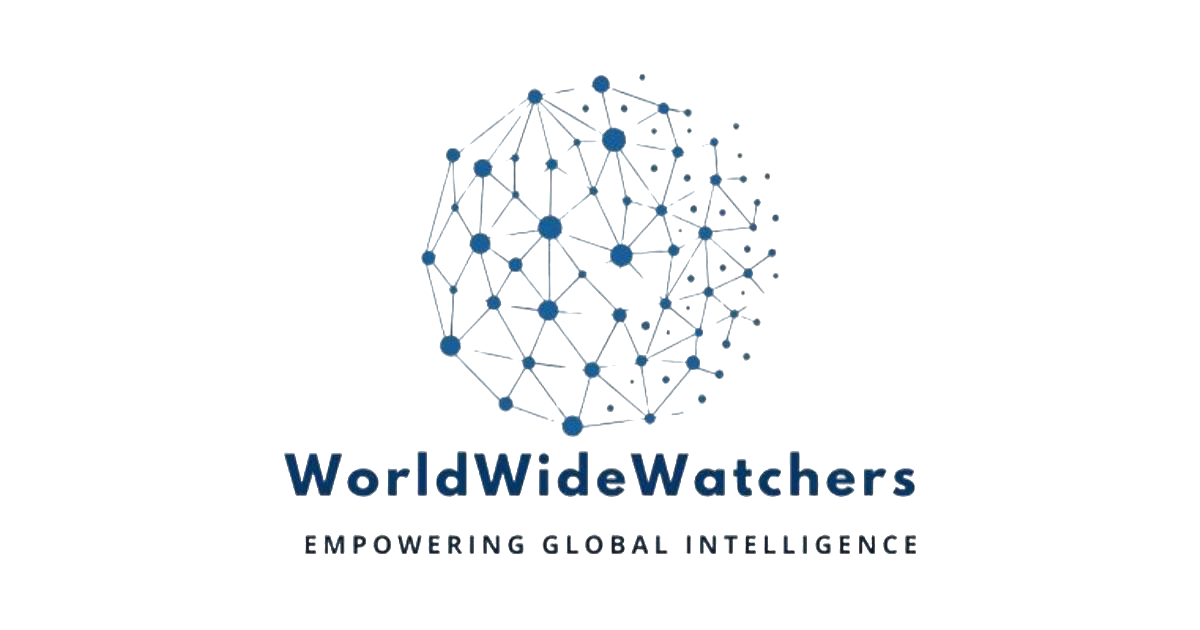
Counter-Terrorism
-
Insight 1 [G, Confidence: Moderate]: Russia’s recognition of the Taliban government in Afghanistan marks a strategic pivot, potentially positioning Afghanistan as a trade hub for Russian interests in Asia amidst international sanctions. This move could alter regional power dynamics and economic alignments.
Credibility: High, based on official statements and corroborated by multiple sources.
Coherence: Consistent with Russia’s need to bypass sanctions and expand its economic influence.
Confidence: Moderate, given the ongoing instability in Afghanistan and the international community’s stance on the Taliban. -
Insight 2 [S, Confidence: High]: Hezbollah’s refusal to disarm under Israeli pressure highlights ongoing tensions and the group’s strategic positioning as a resistance force in Lebanon, backed by Iran. This stance complicates regional security dynamics and peace efforts.
Credibility: High, supported by direct statements from Hezbollah leadership.
Coherence: Aligns with Hezbollah’s historical resistance narrative and geopolitical alliances.
Confidence: High, due to consistent historical patterns and current geopolitical realities. -
Insight 3 [S, Confidence: Moderate]: The resumption of Gaza ceasefire talks in Doha amidst ongoing Israeli airstrikes underscores the fragile nature of peace efforts and the potential for renewed conflict. The involvement of international mediators indicates a critical juncture for conflict resolution.
Credibility: High, based on multiple reports and official statements.
Coherence: Reflects ongoing patterns of conflict and negotiation in the region.
Confidence: Moderate, due to the unpredictable nature of ceasefire negotiations. -
Insight 4 [R, Confidence: Moderate]: The attack on a vessel in the Red Sea by Houthi forces represents an escalation in maritime threats, potentially disrupting commercial shipping routes and regional stability. This incident signals a shift in Houthi tactics and intentions.
Credibility: High, corroborated by maritime security reports.
Coherence: Consistent with previous patterns of Houthi aggression in the region.
Confidence: Moderate, given the complex geopolitical implications and potential for further escalation.
Sentiment Overview:
The sentiment across the counter-terrorism landscape is tense, with heightened anxiety over regional stability and the potential for conflict escalation.
Policy Relevance:
These developments necessitate a reassessment of regional alliances and counter-terrorism strategies, with a focus on diplomatic engagement and conflict prevention measures.
Cybersecurity
-
Insight 1 [S, Confidence: High]: The ransomware attack on Ingram Micro, attributed to the Safepay crew, highlights vulnerabilities in major tech distributors and the potential for significant operational disruptions. This incident underscores the growing threat of ransomware to global supply chains.
Credibility: High, based on company confirmation and cybersecurity expert analysis.
Coherence: Consistent with increasing ransomware trends targeting large corporations.
Confidence: High, due to the clear impact and confirmed attribution. -
Insight 2 [R, Confidence: Moderate]: India’s development of quantum-safe communication technologies for its defense sector represents a strategic advancement in cybersecurity, aiming to protect against future quantum computing threats. This initiative reflects a proactive approach to emerging technological challenges.
Credibility: High, supported by official statements and ongoing national projects.
Coherence: Aligns with global trends in quantum technology development and cybersecurity enhancement.
Confidence: Moderate, given the nascent stage of quantum technology deployment.
Sentiment Overview:
The cybersecurity domain is marked by a sense of urgency and proactive defense, driven by the increasing sophistication and frequency of cyber threats.
Policy Relevance:
These insights call for enhanced international collaboration on cybersecurity measures and investment in advanced technologies to safeguard critical infrastructure.
National Security Threats
-
Insight 1 [G, Confidence: Moderate]: The rise of neo-Nazi clubs in the United States, as reported by the Global Project Against Hate and Extremism, signifies a growing domestic security threat with potential transnational implications. This trend necessitates increased monitoring and counter-extremism efforts.
Credibility: High, based on comprehensive data from credible organizations.
Coherence: Consistent with broader trends of rising extremism globally.
Confidence: Moderate, due to the evolving nature of extremist networks. -
Insight 2 [G, Confidence: High]: Russia’s strategic maneuvers in Ukraine, focusing on territorial consolidation and economic reorientation, highlight its broader geopolitical ambitions and the ongoing challenge to Western influence. This underscores the need for sustained international diplomatic and economic pressure.
Credibility: High, corroborated by multiple strategic analyses and geopolitical assessments.
Coherence: Aligns with Russia’s historical and current geopolitical strategies.
Confidence: High, given the clear strategic objectives and actions observed.
Sentiment Overview:
The national security landscape is characterized by heightened vigilance and concern over domestic and international threats, with a focus on strategic countermeasures.
Policy Relevance:
These insights highlight the importance of robust national security frameworks and international cooperation to address both domestic extremism and geopolitical challenges.
ℹ️ Legend – Analytic Tags & Confidence Levels
- [G] Geopolitical Risk: International power shifts, diplomatic tension, or alliance impact.
- [S] Security/Intelligence Signal: Operational or tactical insight for defense, police, or intel agencies.
- [R] Strategic Disruption: Systemic instability in digital, economic, or governance structures.
Confidence Levels Explained
- High: Strong corroboration and high reliability.
- Moderate: Some verification; potential ambiguity.
- Low: Limited sources, weak signals, or early-stage indications.

